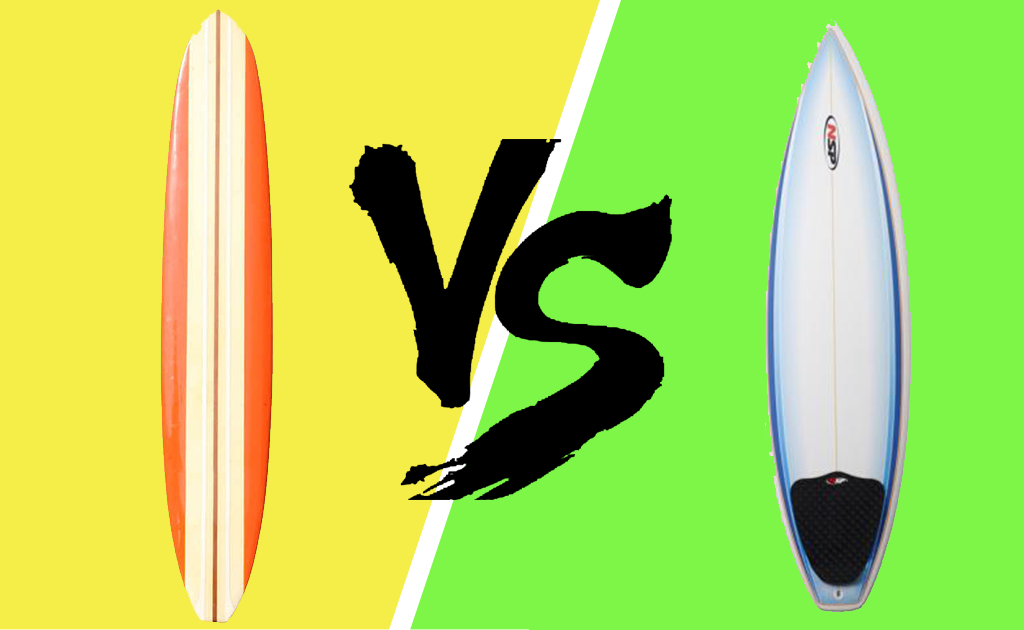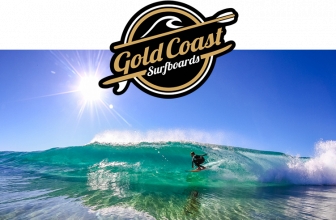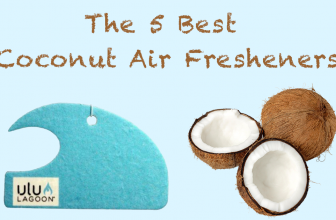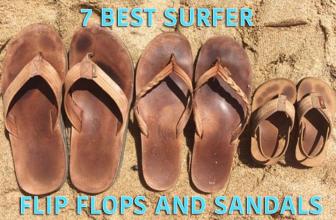
All beginners have the same question lingering in their heads: what’s the difference between a longboard and a shortboard?
Moreover, how do I know which type of surfboard will suit me?
This quick guide will differentiate longboards from shortboards, and will help you decide which type of surfing is right for you.
Difference between a longboard and shortboard surfboard
Longboard
A longboard is typically any board that is at least 9 feet in height. Anything below 9 feet is not considered a proper longboard. There are longer boards that reach up to 8 feet but they are better categorized as funboards or mid-length boards.
Longboards have rounder noses while shortboard have pointed ones. This is because longboards are meant to be ridden on mellower waves, unlike shortboards that need a pointed nose to be able to go down a steep face.
[go_pricing id=”beginner-surfboards”]
Longboards typically have 1-3 stringers that run through the entire deck. This provides support so you can ensure that such a long platform will remain in one piece in the water. Some longboard designs have gone stringer-less, however, they are quite difficult to make and could easily break.
Longboards can either come with a single fin setup or a 2+1 setup. Either way, you are going to need bigger fins to be able to hold a larger board.
Shortboard
A shortboard is any board that is below 7 feet in length. Shortboards are made for more advanced wave riding because their length and shape are more suited for fast and powerful waves. They are also easier to duck dive, which is a technique of going under waves to reach the lineup.
A shortboard may or may not have a stringer. Some shortboards are fortified with carbon fiber rails to add durability to the build. It is important for shortboards to stay as light as possible because this will impact the board’s maneuverability in different surf conditions.
[go_pricing id=”soft_top_surfboards”]
A shortboard is has a pointed nose, although there are some shortboard designs that have a fuller and rounder nose. These shortboards are not meant to be ridden in fast or barreling waves.
Shortboards offer more variety for the fin setup. You can go single fin, thruster or 2+1, quad or even 5 fins, depending on the surf conditions. Shortboards also offer more variety for the shape of the tail. You can get a squash tail, pin tail, round tail, swallow tail, bat tail, or the classic fish tail on your shortie. Most longboards just have rounded tails or squash tails because these are the appropriate shapes for the type of waves to be ridden on a longer platform.
Who should get a longboard?
Longboarding is the easiest way to learn how to surf and the best beginner board for a complete newbie, however, it may not match everyone’s style. If you want to surf bigger and faster waves, you should progress to a shortboard after you’ve learned basic surfing maneuvers such as the pop-up, trimming and turning.
Longboards are best used in mellow and peeling waves. If you are fascinated by cross-stepping and nose-riding, you should stick with a longboard.
In recent years, there has been a more radical approach to longboarding and this is called high performance longboarding. The Hawaiians and the Japanese popularized this progressive approach. Here, you can surf a longboard as if it was a shortboard, but it takes years of mastery and skill before you can lift your longboard up in the air or smack it against a gigantic floater section.
Who should get a shortboard?
Anyone looking to progress will eventually try a shorter board. Not only will maneuvers such as turns and cutbacks be easier to perform on a shorter board, you’ll also have a lot less to carry around. Shortboards are more compact, therefore, easier to bring anywhere such as on road trips.
If you are looking for speed in your surfing, the shortboard is definitely for you. A shorter board might initially be trickier to balance on, but once you get your center of gravity down, you’re in for the fastest rides of your life.
Pros and Cons
– Longboards are easier to start learning with because they are more stable.
– Longboards can catch waves earlier than shortboards.
– Longboards can be ridden in small waves, while shortboards require more size and power.
– Longboards provide you with more space to do cross-steps and noserides.
– However, longboards are heavier and harder to transport.
– Longboards cannot be used in bigger surf.
– Longboards are harder to duck dive.
– Longboards are more prone to snapping or breaking, especially when not handled properly.
– Shortboards are more compact and are easier to carry.
– Shortboards are easier to turn and trim, provided that you have impeccable balance on a shorter platform.
– Shortboard have a wider variety of fin set-ups, which is good for those who really want to dial in their surfing.
– Shortboards are easy to duck dive.
– Shortboards can be ridden in fast and hollow waves.
– Shortboards are almost useless in small and mellow waves.
– Shortboards are harder to learn on, so it might take some time before you start catching waves.
– Shortboards require more from you physically because of the quicker pop-ups and harder paddling.
FAQ
Should I start out on a longboard or a shortboard?
It is better to start learning the basics on a longboard because all the fundamental techniques you need for shortboarding will also be learned through longboarding. It goes that almost all shortboarders can ride a longboard, but not all longboarders know how to shortboard.
When should I make the move from a longboard to a shortboard?
This depends on how fast you learn the basics and how comfortable you are in bigger waves. Also, you should know what kind of surfing you really want. If you are looking for a mellow good time, you’ll love longboarding. But if you want something more radical, learn how to ride a shortboard and hit that lip!
Is paddling different depending on the size of your board?
Paddling with a longboard vs. a shortboard is a bit different. Because shortboards are smaller, you need to lie on them and use a front crawl stroke to move your board forward. You can’t really sit up on them as well, so you’ll need to get used to remaining flatter as you paddle yourself in and out of line-ups. Longboards, on the other hand, allow you to kneel and paddle, something that can be very helpful if conditions are smaller and your back is feeling tight or weak. It also helps to push you forward with greater speed than flat paddling.
Are there any boards that can give me the best of both worlds?
We’re glad you asked! Funboards are an excellent in-between board for those who want the best things in both types of boards. As for size, they are just larger than fish boards, yet smaller than longboards, typically ranging from 6.5’-8.5’ long. If you’re looking to transition from a longboard to a shortboard, these are excellent transition boards as well, as they still offer the wide, round shape that gives you buoyancy, balance, and paddling power.
Be aware, however, that funboards are still very much a compromise. They won’t drive as fast as longboards in mushier conditions and they won’t maneuver as sharply as shortboards.
What are some tips for transitioning from a longboard to a shortboard?
If you’re planning on trading in your log for a high-performance shortboard that’ll make you shred like the pros, you should ask yourself a few questions first:
Can you catch unbroken waves yet?
If you can’t get into waves comfortably with a longboard, there’s no way that you’ll be able to do it any better with your shortboard. Keep training.
Can you angle your board when you catch a wave?
You should be able to enter a wave with your longboard at a 45-degree angle. Can’t do that yet? Keep training.
Can you ride a wave down the line?
If you’re still riding waves straight to the beach without being able to turn down the line, you aren’t ready for a shortboard. Keep training.
Have you tried riding a shortboard?
This is so important. Why invest in something that’s impossible to ride without trying it at first. Ask a friend or a local at your favorite break if you can test out their board a few times to see if you’re ready. Doesn’t feel right? You guessed it… Keep training.




